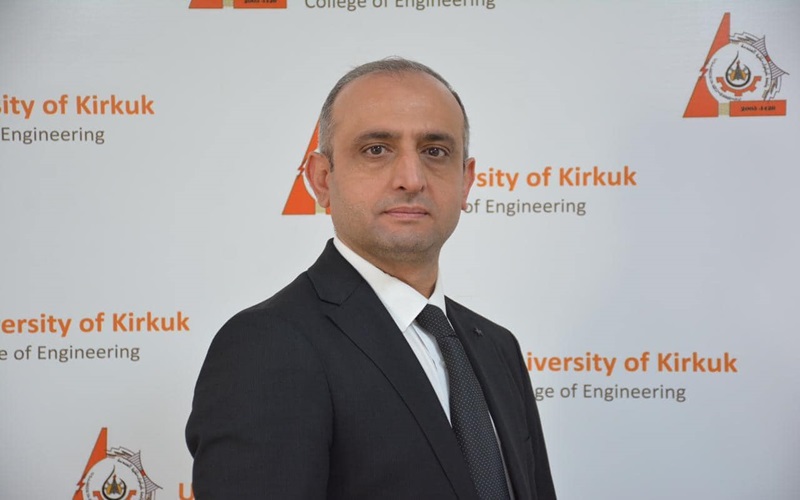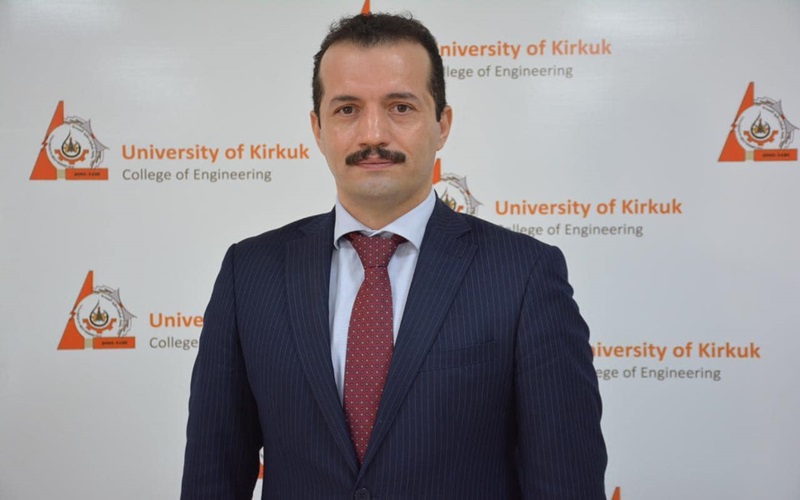A research team from the College of Engineering publishes a research on the evaluation of the thermal management platform for air in central and decentralized air conditioning systems
A research team from the University of Kirkuk, Department of Mechanical Engineering, College of Engineering, with a research team from Turkish and Australian universities, and researchers from the College of Oil and Gas at the Northern Technical University, published a scientific research in an international journal Q2/Springer Publishing House within Clarivate and Scopus containers. With an impact factor of 3.4
The names of the researchers from the College of Engineering / Department of Mechanical Engineering included:
Assistant Professor Ali Hussein Abdul Karim
Assistant Professor Dr. Ayad Arab Ghaidan
( JOURNAL OF THERMAL ANALYSIS AND CALORIMETRY)
Publisher name: Springer-Verlag
It is one of the international Q2 Scopous and Wos journals with a high impact factor..
Under the title (AIR THERMAL MANAGEMENT PLATFORM ASSESSMENT IN CENTRALIZED AND DECENTRALIZED AIR CONDITIONING SYSTEMS)
(Evaluation of the thermal management platform for air in central and decentralized air conditioning systems)
The study deals with mathematical modeling of energy efficiency techniques based on meteorological data for central and decentralized air conditioning systems that cooperate to process the recirculation of outside air.
Three systems were considered: a central air conditioner operating independently, a central system operating with a local air conditioner, and a central system operating with a decentralized humidifier.
When the design capacities of the air cooler are increased to 0.00786 kg m-2/s-1 and the humidifier to 0.03864 kWh, the air flow rate decreases from 0.0072 to 0.004 kg m-2/s-1, and when the design capacities of the air cooler are 0.01011 kg m-2/s-1 and the humidifier are 0.04831 kg m-2/s, the air flow rate decreases to a minimum of 0.002 kg m-2/s-1. Comparing the annual consumption of heating, cooling and humidification loads without and with the use of recirculation air, for the heating load of 39.48 and 5.01 kWh, the costs increased by a factor of 7.9; for the cooling load of 1850 and 1320 kWh, the costs increased by 1.4 times; For humidity loads of 331.5 and 1245 kg m-2 s-1, the costs were reduced by 3.8 times.
The research led to the development of a methodology that combines the best energy saving models, formulated climate tables and a statistical probabilistic model. This methodology facilitates the selection of air conditioning unit settings in the subsystem, the calculation of heating, cooling and humidity consumption at different times, and the technological scheme of air treatment. The improved air conditioning can operate at the highest efficiency and reduce energy losses thanks to this iterative approach. Moreover, the gradual design of this method allows the efficiency to be gradually increased over time.
Article link
https://doi.org/10.1007/s10973-024-13546-1


 College of Engineering - University of Kirkuk
College of Engineering - University of Kirkuk  Arabic
Arabic  English
English 